The content of the article
Beetroot - has long been a famous vegetable, which is eaten for centuries. Beets are eaten as a separate dish, seasoned with mayonnaise, added to salads and soups, and juices are prepared from it. Not only the root crop is suitable for consumption, but also the leaves, which are also added to salads. It is impossible to cook favorite dishes of Eastern Europeans without beets: vinaigrette, herring under a fur coat and borscht. Is there any benefit from eating this vegetable?
General information
Beetroot is a genus of herbaceous plants belonging to the Amarantha family. Of the edible plants in the same family include spinach. It is noteworthy that in some regions of Eastern Europe beet is called “beet”. In the same regions, it is used as a root vegetable and only occasionally leaves are used for food.
Beetroot was known a few thousand years before our era.Initially, they ate wild beetroot, and then they cultivated this plant. The cultivation of beets has its origins in the 2 millennium BC. At that time, only the leaves of the plant were used as food, its root was small, unlike the one we see now. The edible root crop appeared in about 400 BC. They began to cultivate it with the beginning of our era. It was after the beginning of the use of root vegetables, beets quickly spread throughout the world. The most valuable and delicious sugar beet, bred in the USSR.
At the moment, beet grows on all continents. On the territory of Eastern Europe, the lands most suitable for its cultivation are located on the territory of Western Ukraine at the foot of the Carpathians. It is there that sugar beets are grown, from which sugar is then actually made. Beetroot loves a moderately warm and humid climate.
In addition to sugar beet, there are other species of this plant. Most often, food is used to eat beets. It is distributed everywhere, has a pleasant taste and aroma, is rich in useful vitamins and trace elements. This species usually grows medium size and has a mass up to 1 kg.The third type - fodder beet is not consumed. It usually reaches a large size, it can weigh about 10kg. Due to not very pleasant taste qualities, this plant is not eaten, but it is grown in many countries. Fodder beets serve as food for various animals.
The composition of beets
The ratio of proteins, fats and carbohydrates in beets looks like: 8: 1: 48. Indeed, even beetroot has a large amount of carbohydrates, which reduces its attractiveness for dieters. However, it is worth remembering that some carbohydrates from beets are not absorbed by the body at all, and, therefore, are not deposited as fat.
Beets are rich in vitamins.It contains a large amount of vitamin A and ascorbic acid. Thiamine, niacin, riboflavin, pyridoxine and pantothenic acid predominate among vitamins of group B in beetroot. Most of them are in fresh root vegetables, because freshly squeezed beet juice is the most useful. In addition to vitamins, there are many microelements in beets. She is the record holder in calcium among other vegetables. In addition to calcium in beets a lot of iron, potassium, phosphorus and magnesium. The content of useful substances decreases slightly during the heat treatment of beets.
Useful properties of beet
The advantage of this vegetable is that its vitamins and trace elements do not act separately, but in tandem. In a beet, all elements are arranged so as to potentiate the properties of each other. Root beet has the following useful properties:
- Treats and prevents the development of iron deficiency anemia. As already mentioned, in beets a large amount of iron, which is simply necessary for people with anemia. In addition, this vegetable is useful for pregnant women to prevent the development of anemia.Ascorbic acid contained in beets increases the digestibility of iron by the body several times.
- It prevents the development of osteoporosis. Osteoporosis is a bone disease that develops as a result of insufficient calcium in it. Beet contains not only calcium, necessary for the formation of bone tissue, but also phosphorus. Phosphorus is also necessary for bones.
- Prevents the development of dental diseases. First of all, we are talking about caries and scurvy. Caries develops if tooth enamel is damaged. To strengthen it is necessary to use calcium and phosphorus. Tsinga develops with insufficient intake of vitamin C. Beet contains enough calcium, phosphorus and ascorbic acid to prevent the development of these diseases.
- It is the prevention of cancer. Beets contain antioxidant substances that help the body get rid of tumor cells. However, no proven studies of this property have been carried out.
- Fight against constipation. Beets contain large amounts of fiber, which is not absorbed by the body,but irritates the intestinal wall and enhances its motility. It helps fight constipation.
Contraindications to the use
In addition to the beneficial properties of beets and has harmful. Contraindications to its use are as follows:
- Urolithiasis disease. Due to the high content of calcium and phosphorus, beets can increase the formation of kidney stones.
- Diabetes. Beets contain a lot of light carbohydrates, because people with this disease can not use it.
- Diarrhea. This vegetable stimulates peristalsis, which can aggravate diarrhea.
- Gastritis and peptic ulcer. Beetroot has an acid reaction, because with diseases of the stomach it is better to refuse.
Thus, we can conclude that beets are the most ancient vegetable, the taste and beneficial properties of which have been known for many millennia. Beetroot helps fight many diseases and prevent their development. However, there are a number of diseases in which the use of this root is strictly contraindicated.
Video: useful properties of beet juice


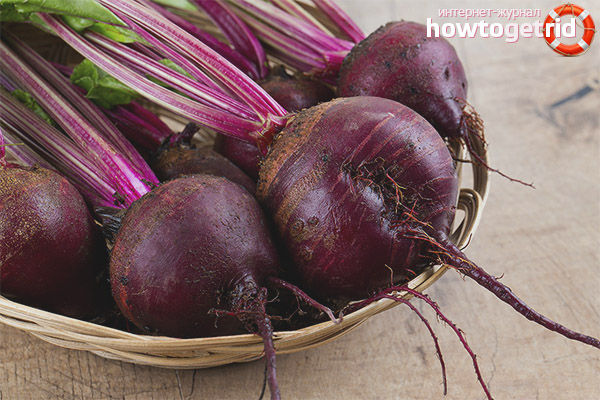

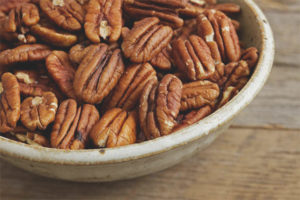
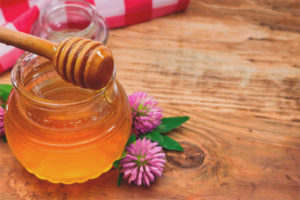

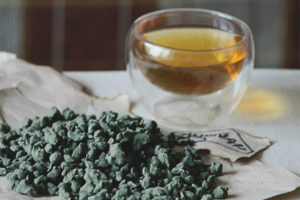
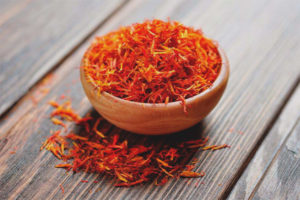
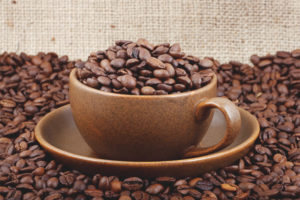
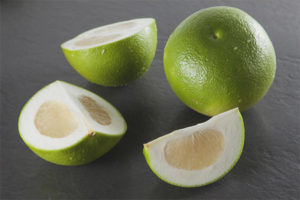
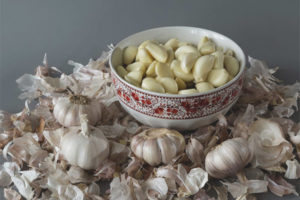
To send